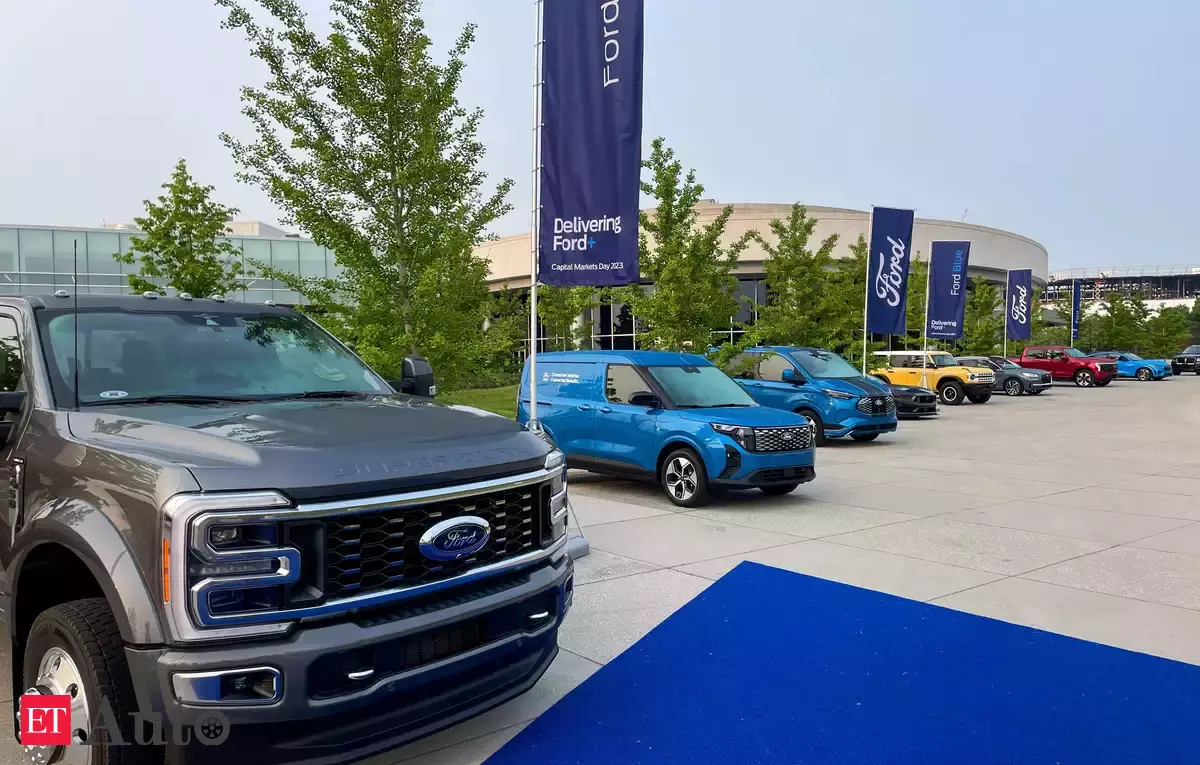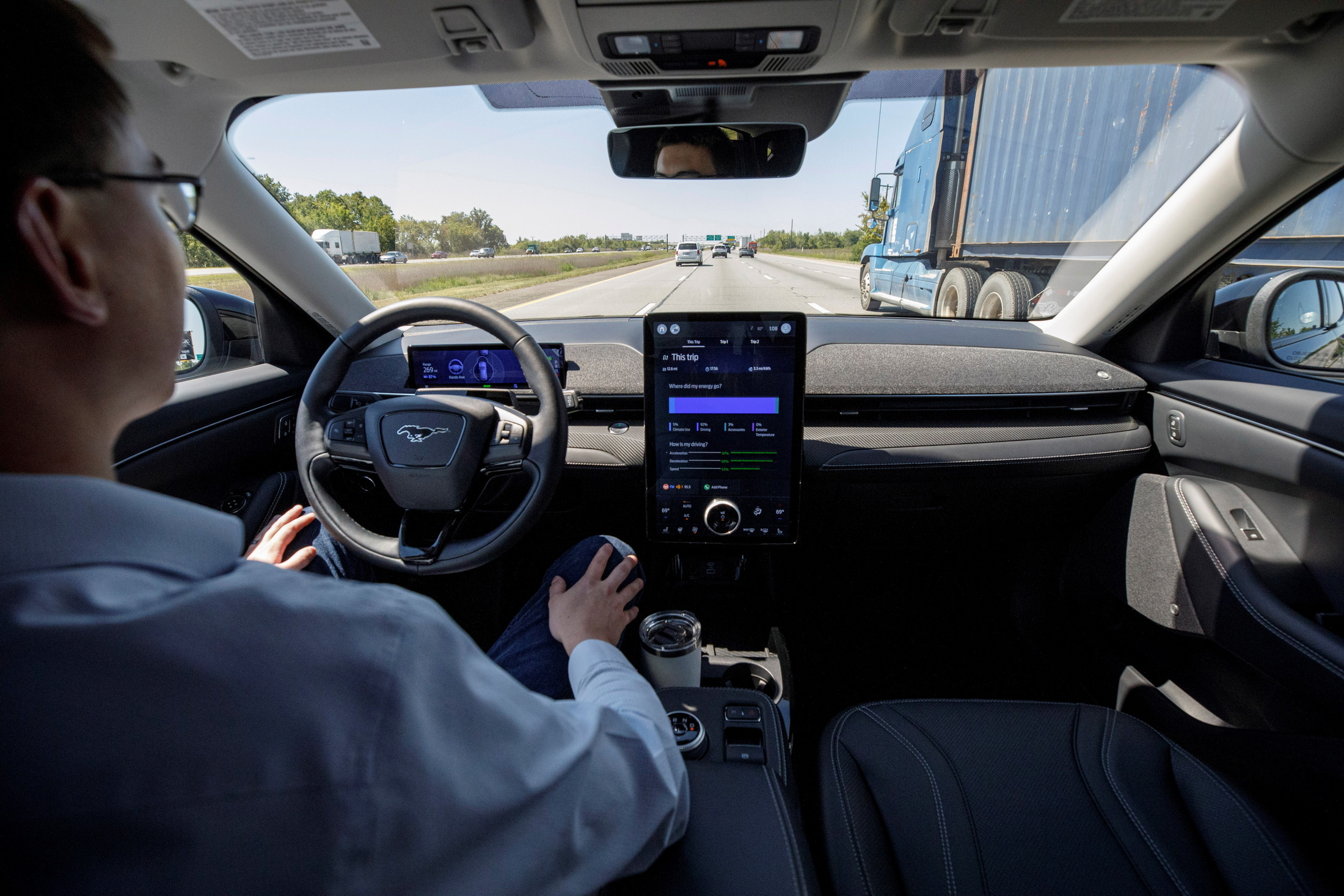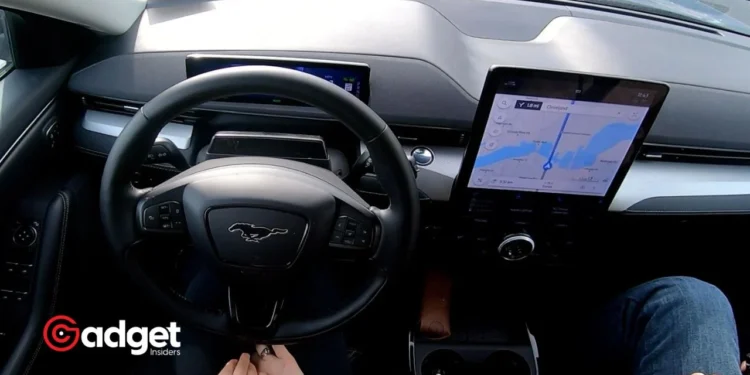In the rapidly evolving landscape of automotive technology, where the frontier of innovation constantly shifts, Ford’s BlueCruise hands-free system emerges as a subject of both admiration and scrutiny. The system, a beacon of Ford’s pursuit of autonomous driving, has recently found itself under the investigative lens of the U.S.
National Transportation Safety Board (NTSB) following a tragic incident that casts a shadow over the promise of driver-assist technologies.

A Tragic Turn on Highway 10
On a seemingly ordinary day, the roads of San Antonio, Texas, became the scene of a distressing accident that would ripple through the corridors of the automotive industry. A Ford Mustang Mach-E, equipped with the much-touted BlueCruise system, collided with the rear of a stationary Honda CR-V on Highway 10.
The aftermath was grave, leading to the untimely demise of the CR-V driver, a somber reminder of the complexities and challenges inherent in integrating autonomous systems into our daily drives. This incident, which took place on February 24, caused the National Transportation Safety Board to initiate a comprehensive inquiry into the role that BlueCruise played in the accident.
Regulatory organizations and safety advocates alike continue to be interested in and concerned about the topic of advanced driver assistance systems (ADAS) and their interaction with human operators. The investigation aims to understand the complexities of these systems and how they interact with human operators.
Feds Target Ford's BlueCruise In Fatal Crash Investigation – AutoSpies Auto News https://t.co/7tjoLhug8o pic.twitter.com/gvcJDr4vbG
— AutoSpies (@AutoSpies) March 19, 2024
Ford’s Response and Commitment to Safety
In the wake of the tragedy, Ford’s stance has been one of cooperation and empathy. A spokesperson from the company conveyed their deepest sympathies to those affected by the accident and emphasized Ford’s unwavering commitment to safety.
Acknowledging the need for a thorough understanding of the event’s circumstances, Ford has pledged full support for the ongoing investigation, highlighting the importance of safety in the company’s ethos and its proactive approach to engaging with regulatory inquiries.
The Scrutiny of Semi-Autonomous Systems
The NTSB’s focus on BlueCruise is part of a broader examination of semi-autonomous driving systems, a domain where innovation often outpaces regulation. BlueCruise, a Level 2 autonomous system, represents a significant step forward in the quest for fully autonomous vehicles, offering drivers the allure of hands-free driving while maintaining the imperative of human oversight.
The system employs advanced monitoring technologies to ensure driver engagement, a critical safeguard in the intricate dance between human and machine control.

However, the recent incident underscores the challenges that lie ahead. The Insurance Institute for Highway Safety (IIHS) recently highlighted these challenges, noting the shortcomings of current partially automated driving systems across the industry.
These developments signal a pivotal moment in the journey towards autonomous driving, prompting a reevaluation of the technologies that promise to redefine our driving experiences.
Navigating the Future of Driving
As we stand at the crossroads of innovation and safety, the investigation into Ford’s BlueCruise system serves as a crucial learning opportunity for automakers, regulatory bodies, and the driving public. It beckons a dialogue on the balance between embracing the potential of autonomous technologies and ensuring the safety and security of all road users.
In this journey, the lessons gleaned from the San Antonio tragedy will undoubtedly shape the trajectory of hands-free driving systems, guiding us toward a future where the roadways are not only smarter but safer for everyone.
As the automotive world watches closely, the collective resolve to navigate these uncharted waters with caution, care, and an unwavering commitment to safety remains our shared beacon.










